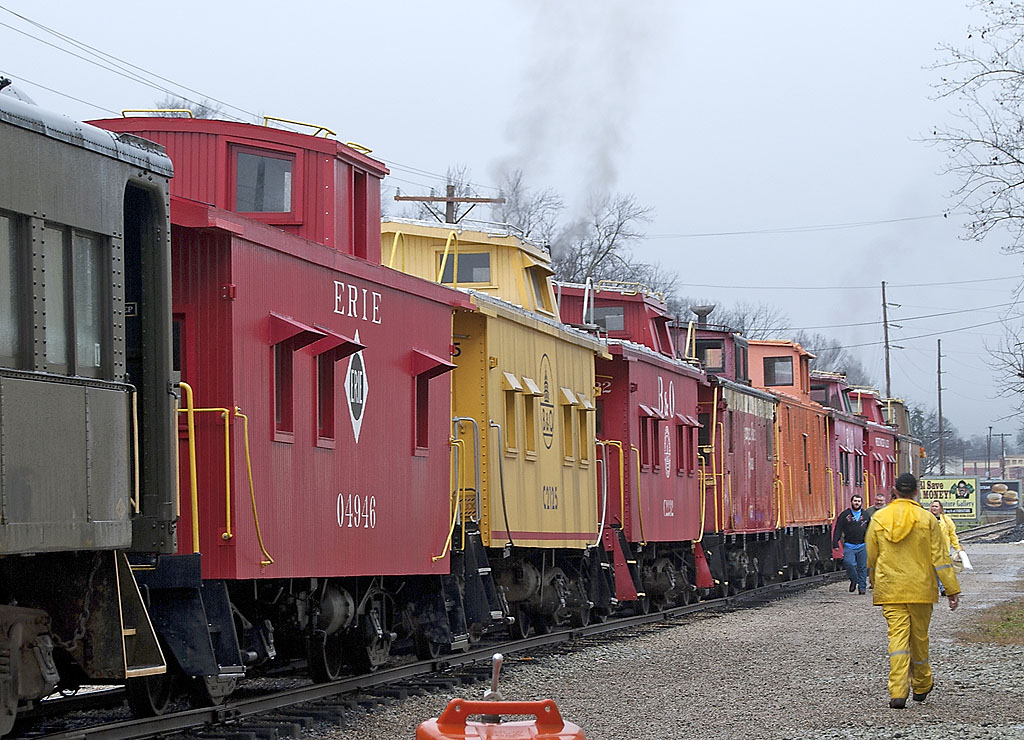
Volunteers at the Whitewater Valley Railroad in Connersville, Ind., prepare a string of cabooses (not cabeese) for an excursion in December 2013. Steve Sweeney Q If the plural of “goose” is “geese,” then is the plural of “caboose,” “cabeese?” What is the proper plural form of “caboose?” – William James, Manchester, N.H. A Our collected […]
Read More…
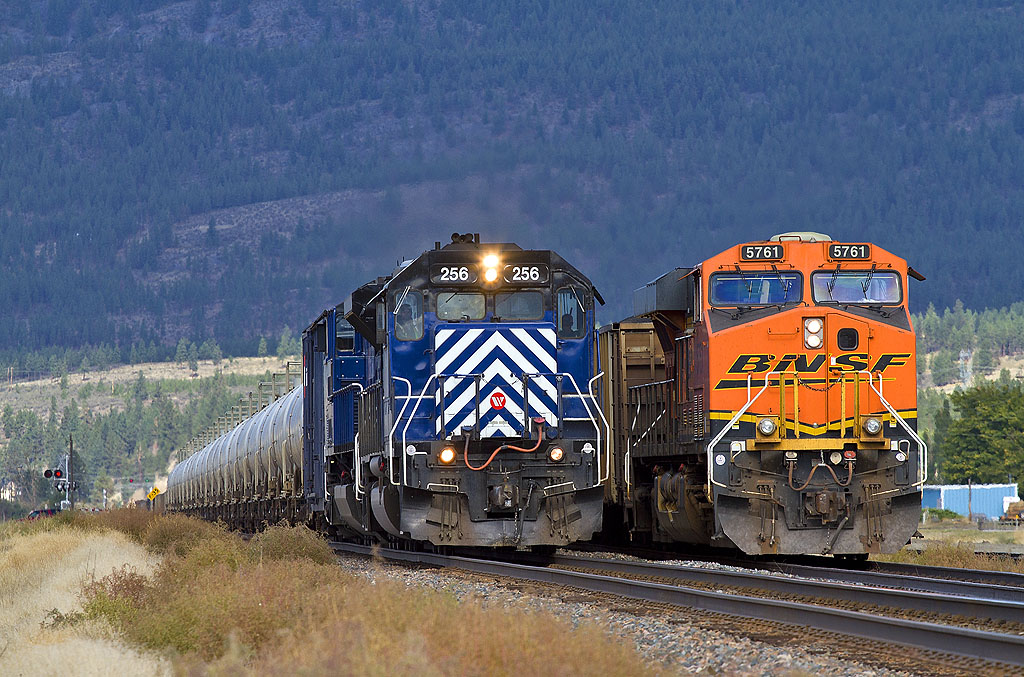
On Sept. 26, 2013, Montana Rail Link’s eastbound Gas Local passes a westbound BNSF coal train in Plains, Mont., bound for Roberts Bank, British Columbia. Tom Danneman Q What was the reason BNSF sold off trackage to Montana Rail Link? As an observer, it appears most trains on the railroad are of BNSF origin. – […]
Read More…
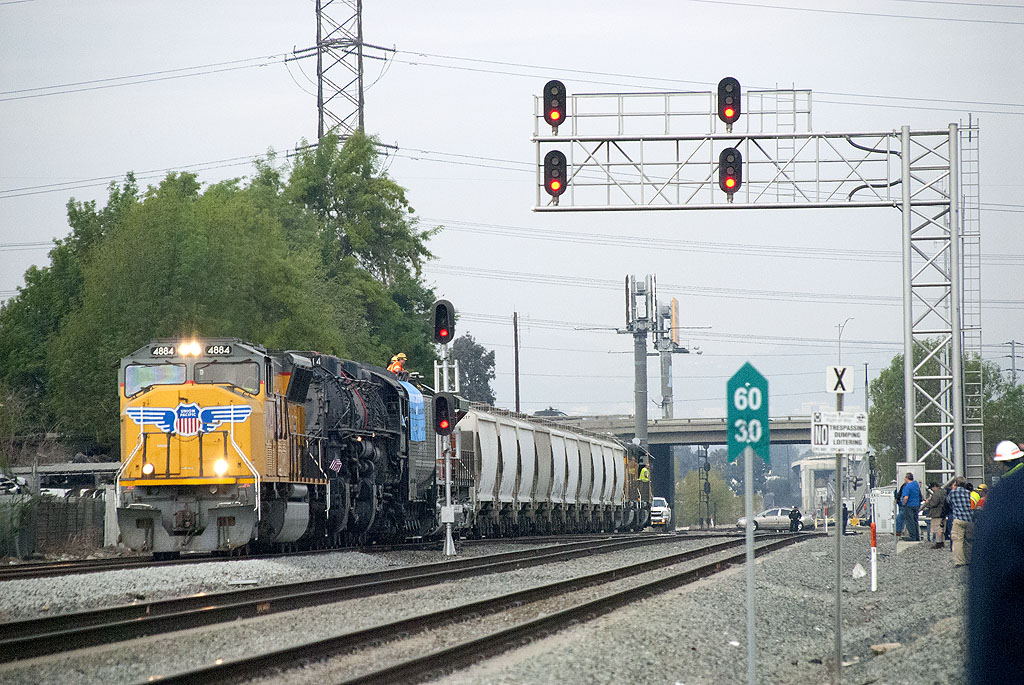
Ten hoppers coupled to the Big Boy consist in January 2014 were used for additional braking power. Steve Sweeney Q Why was there a string of hopper cars in the consist moving Union Pacific Big Boy No. 4014 from Pomona to West Colton, Calif., in January 2014? – David Tritenbach, Kerrville, Texas A Although Union […]
Read More…
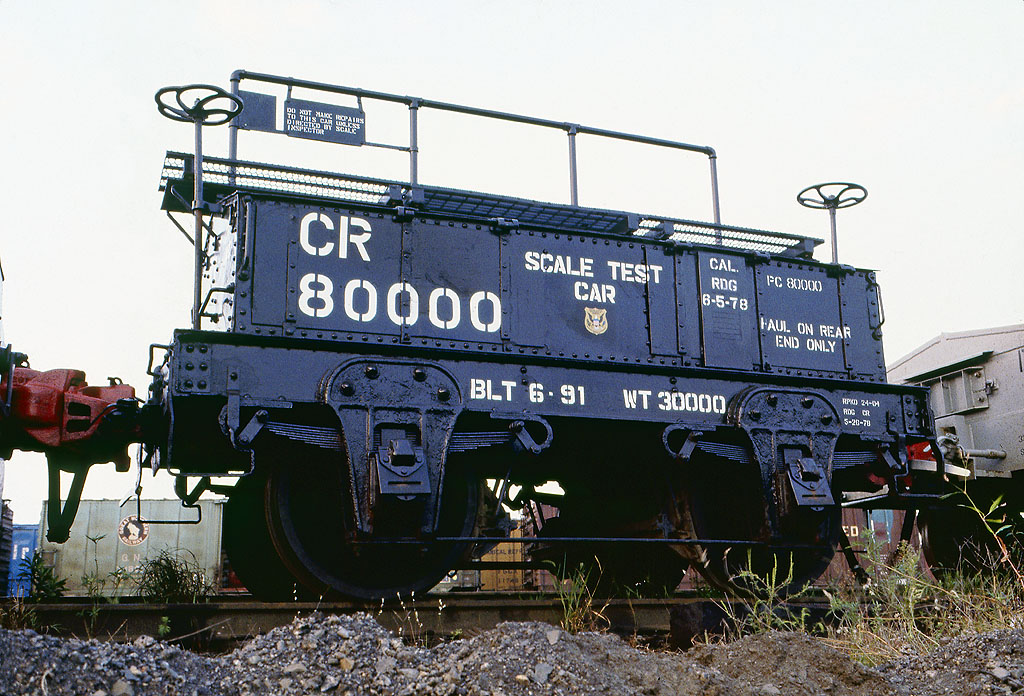
Scale test cars are used to calibrate in-track scales that weigh freight cars. The car shown above was built in 1891 and served until the 1980s. Jim Battle Q The car in this picture was in the New York, Susquehanna & Western’s Little Ferry, N.J., yard in September 1978. Do you know if it is […]
Read More…
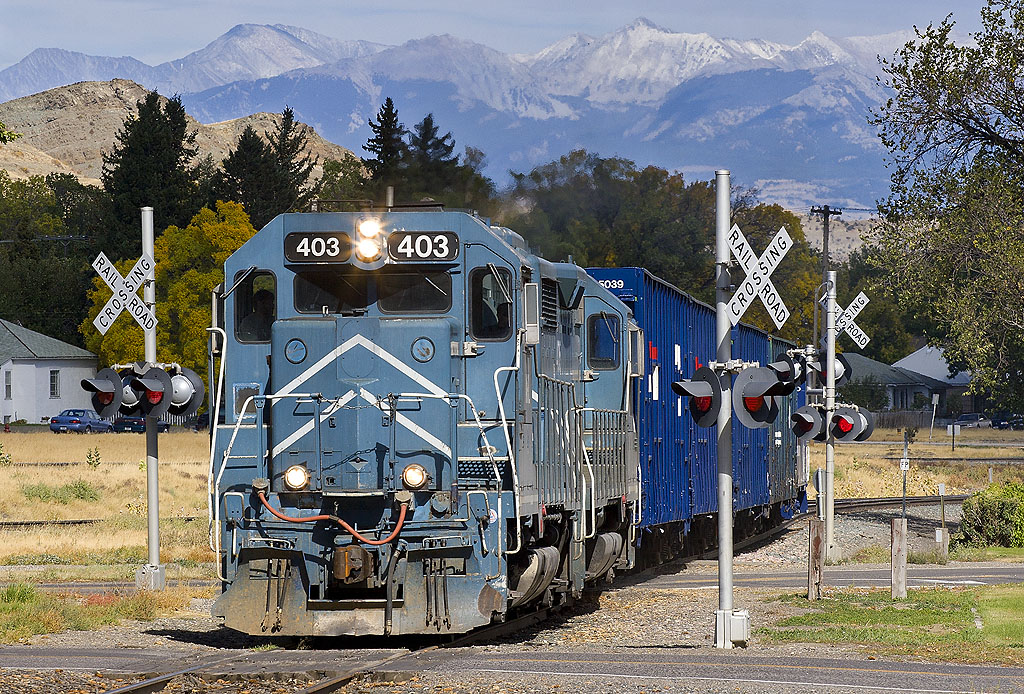
On Sept. 25, 2007, a Montana Rail Link local in Livingston, Mont., heads onto an old branch line that once went to Gardiner, Mont., and the north entrance to Yellowstone National Park. The GP35s are taking four wood chip cars and a caboose (for the return back-up move) to a lumber mill about a mile […]
Read More…
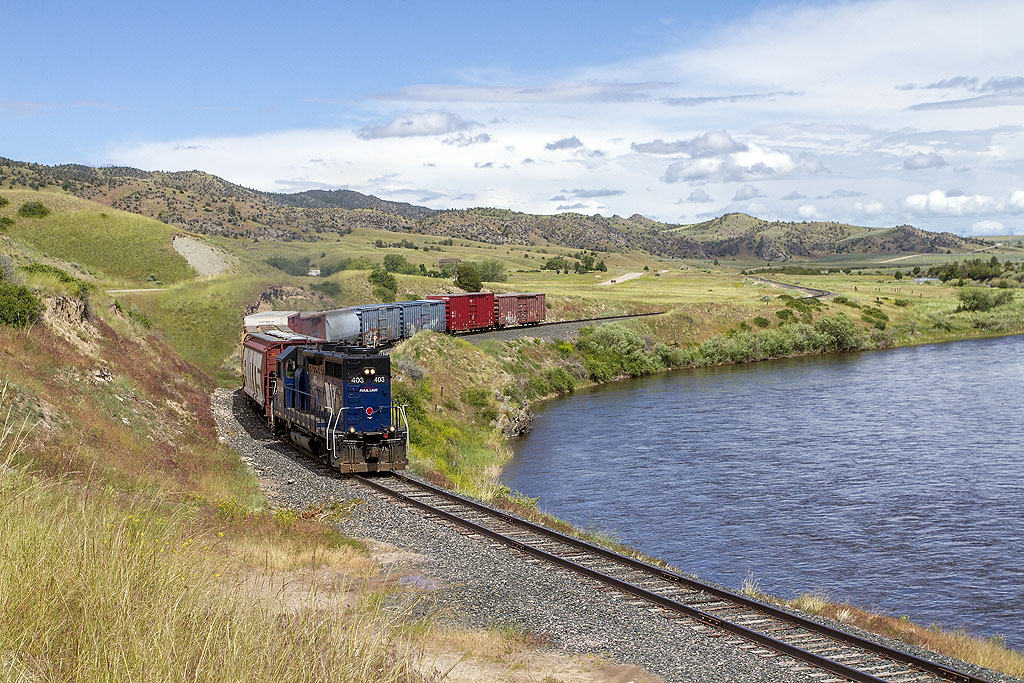
A Montana Rail Link local with a GP35 running backward (long hood forward) rolls along the Jefferson River west of Sappington, Mont. Tom Danneman Q In the 2010 movie, “Unstoppable,” movie makers create a lot of drama about running a locomotive backward at high speed. How capable are road and switch engines of operating in […]
Read More…

Spikes are part of a system that keeps rails in service. Redundant numbers of spikes are present in most tracks. Bob Johnston Q During a recent trip to the U.S., I visited rail lines in Chicago used by both freight and passenger trains. I noticed how many spikes are torn out or completely missing in […]
Read More…
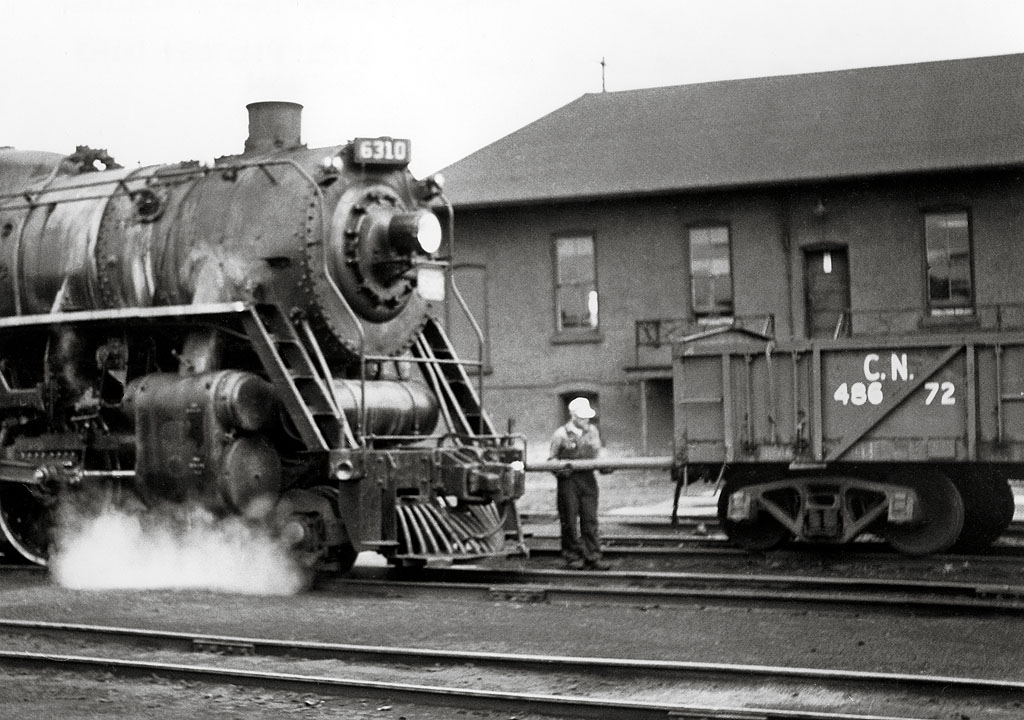
A Canadian National worker moves a car using a pole on the pilot of CN No. 6310 in 1958. Gordon B. Mott, Louis A. Marre collection Q When did railroads stop using poling pockets seen at all four corners of freight cars and engines? – John Bronn, Eagle, Alaska A Poling was the once common […]
Read More…
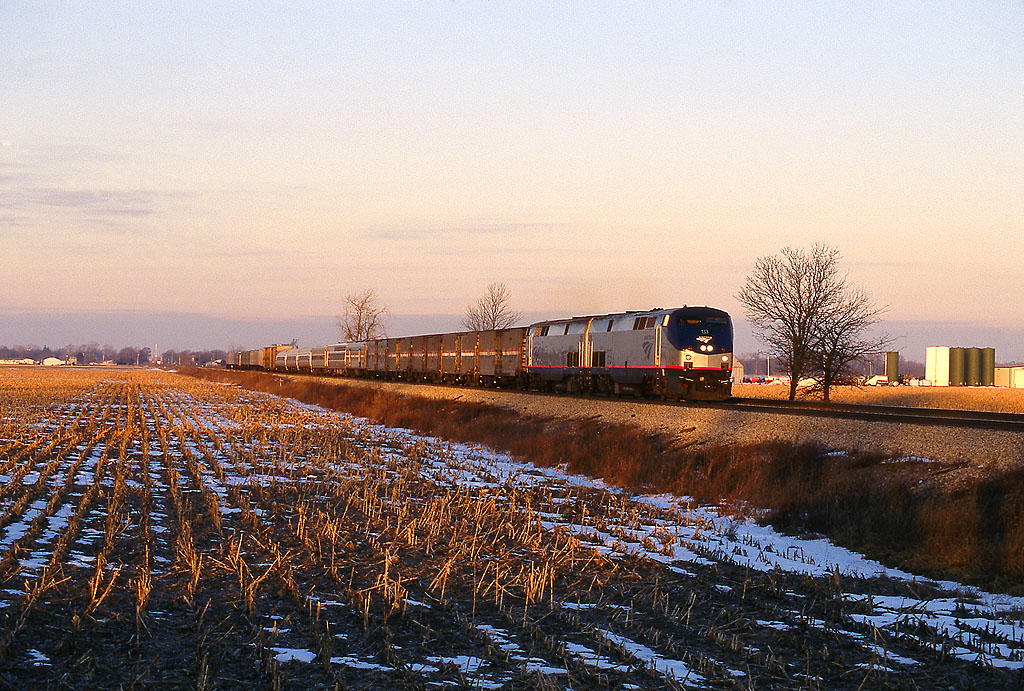
Amtrak’s ‘Three Rivers’ passes through Deshler, Ohio, in January 2003. Brian Schmidt Q While watching a DVD recently, I noticed an Amtrak train heading west through Deshler, Ohio. In what years did Amtrak go through that piece of Ohio? – David Harnisfeger, Findlay, Ohio A Amtrak operated on the former Baltimore & Ohio main line […]
Read More…

The Burlington ‘Zephyr’ as seen in Aurora, Ill., on May 26, 1934. Its nonstop run may have included slow spots. CB&Q Q In 1934, the Chicago, Burlington & Quincy ran the Zephyr from Denver to Chicago nonstop. How did they do this without changing crews? Did they have crews on-board for each subdivision and change […]
Read More…

Extra tall fences (seen on the overpass in the background) often protect electrified lines from road debris. Michael S. Murray Q I have driven over the Northeast Corridor and have seen guardrails on the bridge get higher over the tracks themselves. Why is that? – Dan Wescott, Louisburg, N.C. A The primary reason higher barriers […]
Read More…
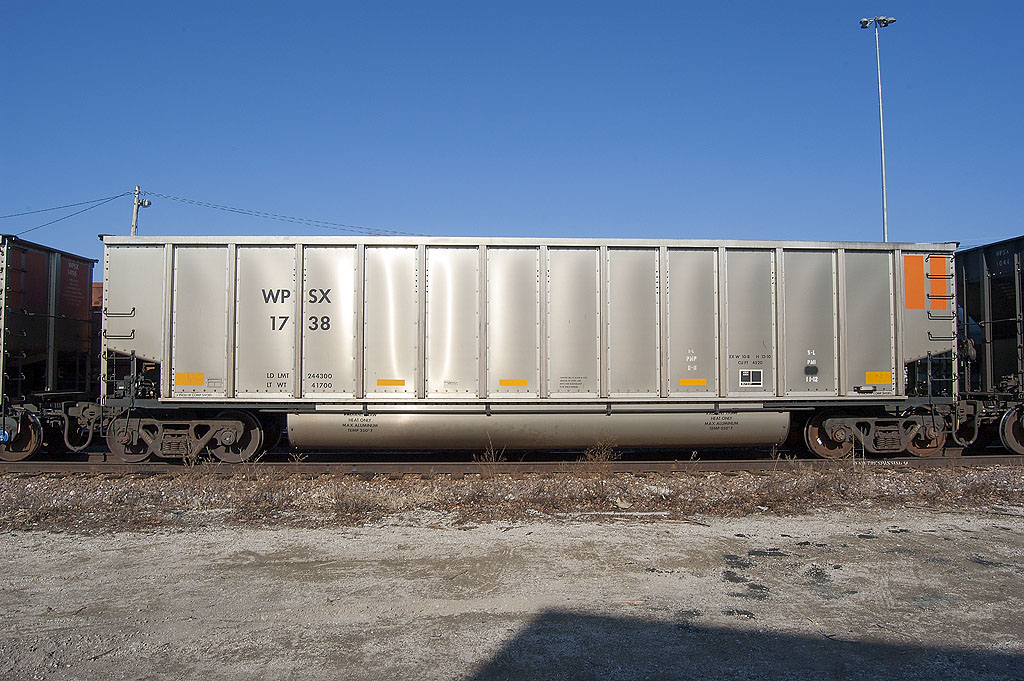
This coal hopper, seen in Butler, Wis., has a main body built from aluminum and a center sill made of steel. Freight-car makers use non-conductive materials to separate the metals and prevent galvanic corrosion. Steve Sweeney Q There are aluminum-body Talgos and aluminum-body coal cars, both with steel center sills. High school chemistry teaches that […]
Read More…












